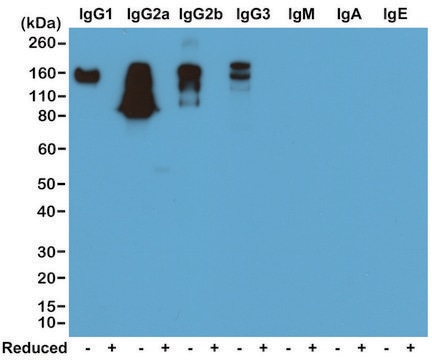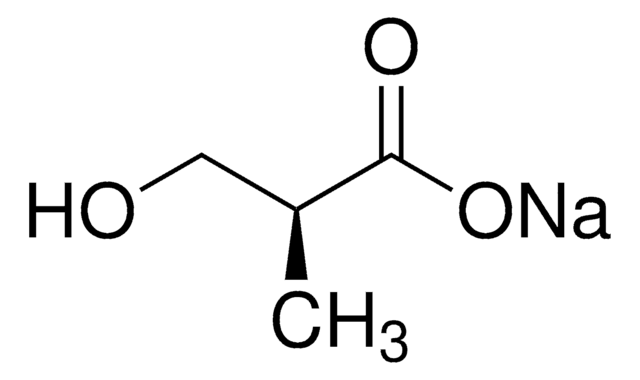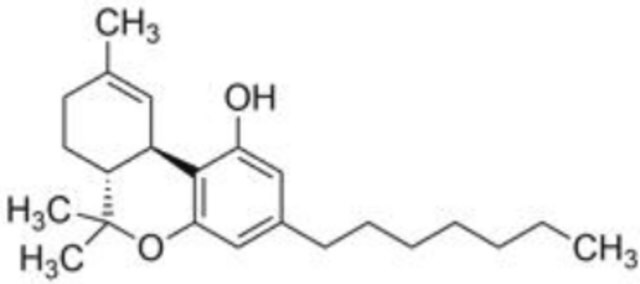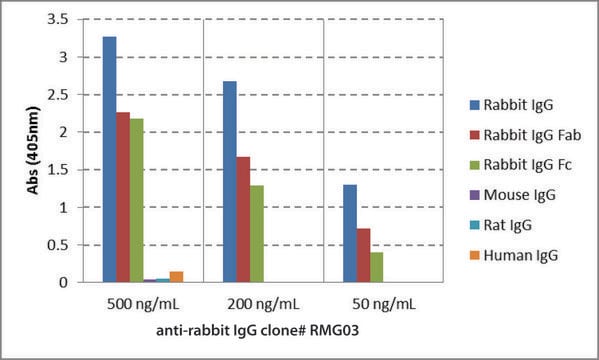T1323
Monoclonal Anti-ε-Tubulin antibody produced in mouse
clone TUB-11, purified immunoglobulin, buffered aqueous solution
About This Item
Productos recomendados
origen biológico
mouse
Nivel de calidad
conjugado
unconjugated
forma del anticuerpo
purified immunoglobulin
tipo de anticuerpo
primary antibodies
clon
TUB-11, monoclonal
Formulario
buffered aqueous solution
mol peso
antigen 55 kDa
reactividad de especies
frog, mouse, chicken, human
técnicas
immunohistochemistry: suitable
indirect ELISA: suitable
microarray: suitable
western blot: 2-4 μg/mL using whole extract of cultured chicken fibroblasts
isotipo
IgG2a
Nº de acceso UniProt
Condiciones de envío
dry ice
temp. de almacenamiento
−20°C
modificación del objetivo postraduccional
unmodified
Información sobre el gen
human ... TUBE1(51175)
mouse ... Tube1(71924)
Categorías relacionadas
Descripción general
Especificidad
Inmunógeno
Aplicación
- immunoblotting
- enzyme-linked immunosorbent assay (ELISA)
- immunofluorescence
Acciones bioquímicas o fisiológicas
Forma física
Almacenamiento y estabilidad
Cláusula de descargo de responsabilidad
¿No encuentra el producto adecuado?
Pruebe nuestro Herramienta de selección de productos.
Elija entre una de las versiones más recientes:
Certificados de análisis (COA)
¿No ve la versión correcta?
Si necesita una versión concreta, puede buscar un certificado específico por el número de lote.
¿Ya tiene este producto?
Encuentre la documentación para los productos que ha comprado recientemente en la Biblioteca de documentos.
Artículos
Microtubules of the eukaryotic cytoskeleton are composed of a heterodimer of α- and β-tubulin. In addition to α-and β-tubulin, several other tubulins have been identified, bringing the number of distinct tubulin classes to seven.
Nuestro equipo de científicos tiene experiencia en todas las áreas de investigación: Ciencias de la vida, Ciencia de los materiales, Síntesis química, Cromatografía, Analítica y muchas otras.
Póngase en contacto con el Servicio técnico







